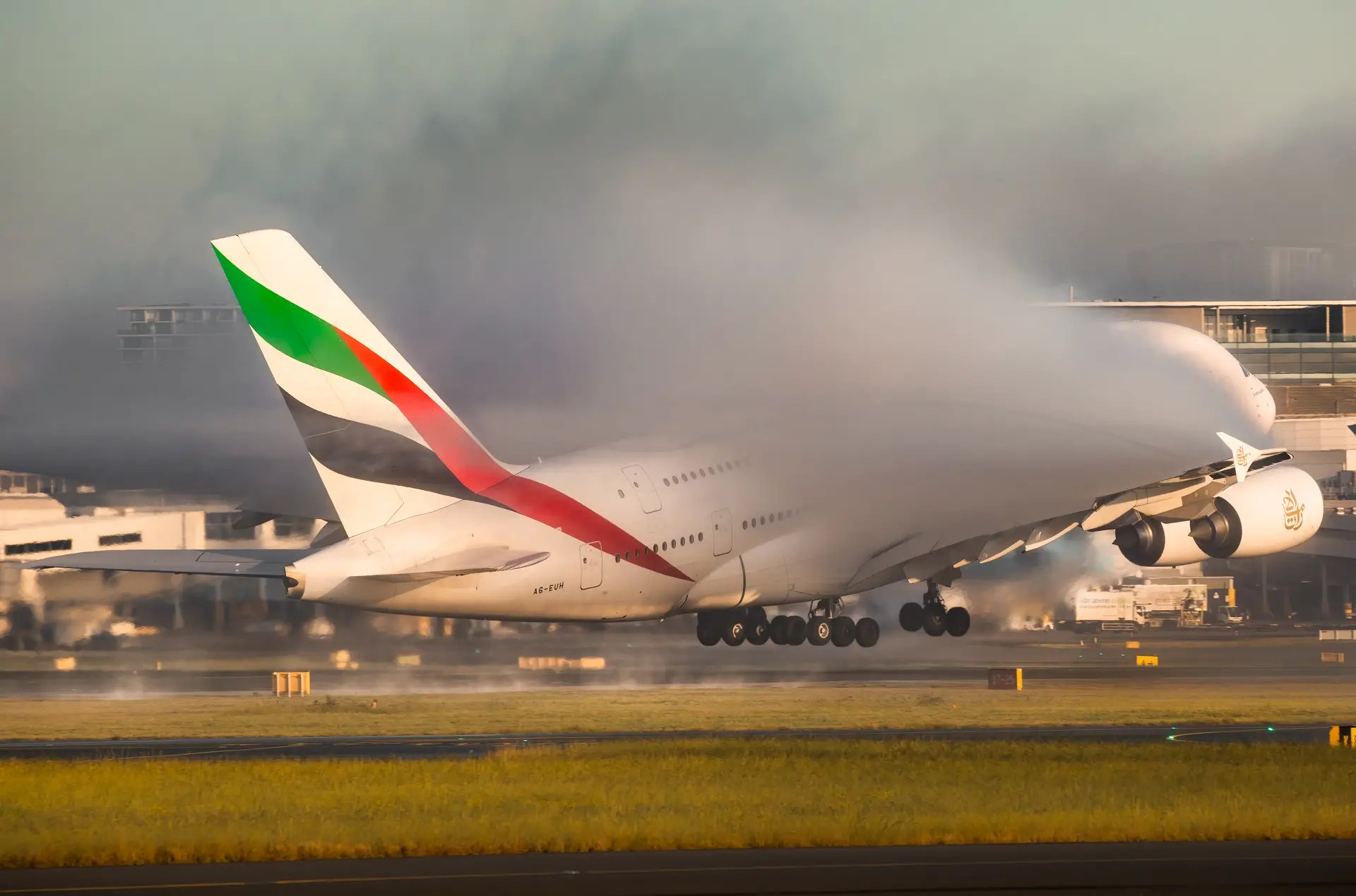The adrenaline rush that accompanies the surge of power felt during an airplane’s takeoff is a captivating experience. However, the complexities of aircraft takeoff extend far beyond this initial thrill, deeply rooted in intricate maneuvering and meticulous calculations. This process, primarily defined in terms of Takeoff Distance (TOD), involves two main segments – the ground roll and the airborne distance necessary to reach the screen height of 35 ft. Multiple factors interplay to influence this takeoff distance. Let’s delve into factors affecting takeoff distance.
Atmospheric Influence on Takeoff Performance

The performance of an aircraft is tightly knitted with atmospheric conditions, specifically the ambient temperature. As temperatures soar, the aircraft’s performance correspondingly takes a dip. This phenomenon is attributed to the rise in density altitude. An elevated density altitude impairs both the engine performance and the aerodynamics of the aircraft, necessitating a deeper understanding of the impact of density altitude on aircraft operations.
Join us on TELEGRAM for the Latest Aviation Updates fresh to your phone.
Another atmospheric factor playing a crucial role in aircraft takeoff is the prevailing wind conditions. Planes predominantly take off into the wind, as a headwind contributes to reducing the takeoff distance, whereas a tailwind tends to elongate it. This is due to the interaction between Indicated Air Speed (IAS), True Air Speed (TAS), and ground speed. If the wind direction and speed are accurately factored into the calculations, pilots can optimize their ground speed requirements, significantly impacting the takeoff distance.
Weight and Its Impact on Aircraft Takeoff

Weight is another factor that plays a major role in influencing takeoff distance. An increase in the weight of the aircraft essentially means an increase in inertia, translating into the requirement of greater acceleration and a consequently longer runway. A weightier aircraft also imposes a higher load on the ground, escalating the wheel drag and friction. This heightened friction, combined with the need to attain a certain speed for lift-off, necessitates a longer runway roll for heavier aircraft, thereby increasing the takeoff distance.
Runway Conditions and their Role in Takeoff

The runway, where the action unfolds, also contributes to the intricacies of aircraft takeoff. The characteristics of the runway surface, such as the presence of water, snow, or slush, can increase the friction experienced during takeoff, affecting the required distance. Similarly, the slope of the runway also plays a part in influencing the takeoff roll. An uphill runway works against the acceleration of the aircraft, while a downslope assists the acceleration, reducing the takeoff distance.
Mitigating Factors: Practical Strategies for Optimal Takeoff

Pilots employ a range of strategies to tackle these influencing factors and ensure a smooth takeoff. One such strategy is the modification of the aircraft’s configuration, such as the lowering of flaps, which can increase lift and reduce the required takeoff speed. However, a higher flap setting also poses its own challenges, emphasizing the need for a well-calculated balance.
Ignoring these factors can lead to a decrement in performance, potentially impacting safety. Fortunately, aircraft manufacturers equip pilots with critical information, such as Weight, Altitude, and Temperature (WAT) charts, to make informed decisions for safe takeoff operations.

Unraveling the complexities of aircraft takeoff and acknowledging the factors that influence it form the backbone of efficient aircraft operation. Such understanding is critical to maintaining the safety and efficiency of flights, particularly in the realm of general aviation, where stringent training and standardization may not always be in place.
READ ALSO: Cleared for takeoff | The take off procedure explained
We’ve discussed the complexities of aircraft takeoff and the factors influencing it. Even as passengers, these aspects shape our flying experience. What are your thoughts on this intricate process? Have you ever noticed these factors at play during your travels? Share your insights or any questions you might have in the comments section below.
Youssef Yahya is the CEO and Founder of Aviation for Aviators. He also serves as the Chief-in-Editor of the platform’s website, where he shares his passion for aviation and provides valuable resources for aviation enthusiasts and professionals alike. His love for aviation and entrepreneurial spirit drive him to create innovative solutions, making Aviation for Aviators a unique resource in the aviation sector.
You might also like:
- Luxury Travel by Private Jet: How to Plan Your Dream Experience?
- The rise of airlines on social media
- Breaking News: Saudia Airlines A330 Damaged in Accident at Khartoum Airport
- COVID-19 Safety Measures Now Include Compulsory Masks When Flying
- Update: Qatar Airways’ A350 Dispute with Airbus
Discover more from Aviation for Aviators
Subscribe to get the latest posts sent to your email.

